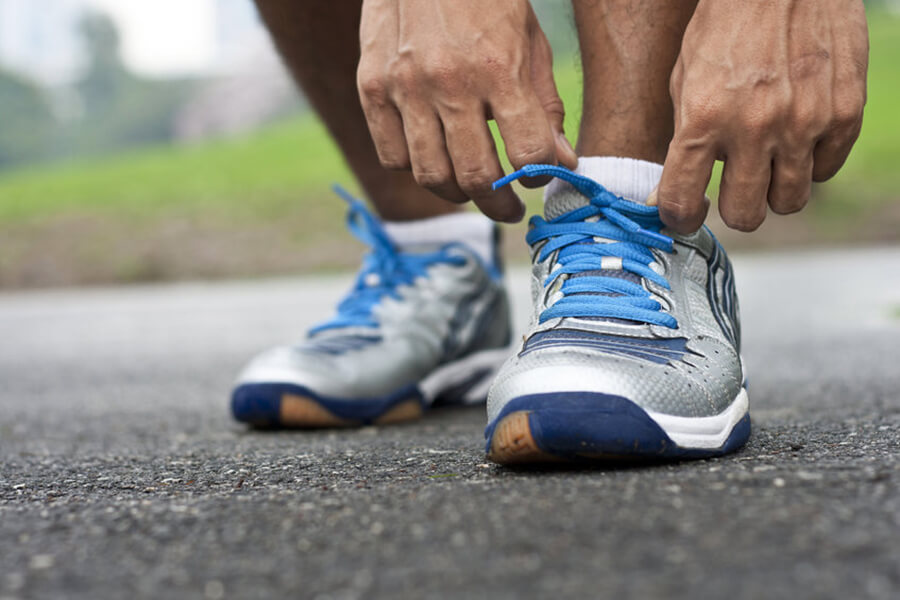It is usually a daunting task to find the most fitting running shoes among the several choices around. From morning runs, treadmill running, and marathon training, having the proper shoe fit provides support for the whole body and helps to minimize the risk of injury.
While there is no single shoe that is ideal for all activities, these five features will help you select the best shoe that’s perfect for your needs.
Right Fit
This is one of the most important features you should keep in mind when you are choosing a running shoe. If your shoes are too big, your feet may slide and blister.
In the same vein, if your shoes are too small, your feet will be squeezed and soft tissue injury may occur as a result. A rule of thumb in choosing the right shoe fit is to leave a space the size of a thumb’s width in front of your toe.
This gives room for foot spread during running.
Cushioning
Most Cushioning materials are made of different types of foams, but they all serve the same purpose – absorbing impacts as your feet strike the ground.
If you are the type of runner that likes to feel the ground beneath as you stride, then you should go for shoes with minimal cushion. On the other hand, if you desire additional comfort, then a well-cushioned shoe is your best bet.
No Seams
Find a smooth upper that comfortably wraps the upper part of the foot (seams can cause friction blisters on your feet).
Heel Height
The heel height affects how your foot strikes the ground. When striding, If you prefer to land with the heel first, then you should choose a running shoe with a high heel-toe drop (above 7mm).
However, if you are the type of runner who prefers to land on the middle or front of your foot, then a low heel-toe drop (7mm or less) is best for you.
Generally, you should choose a heel height that allows mobility of your ankle joint.
Outsole
This is the part of your sneakers that touches the ground. The surface you run on must be compatible with the outsole of your shoe.
A segmented outsole with a flatter tread is desirable if you are running on a road. For a trail such as a rugged terrain, a more aggressive pattern is required.

